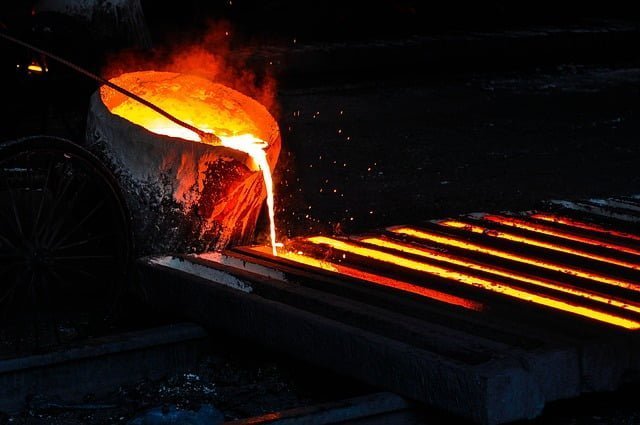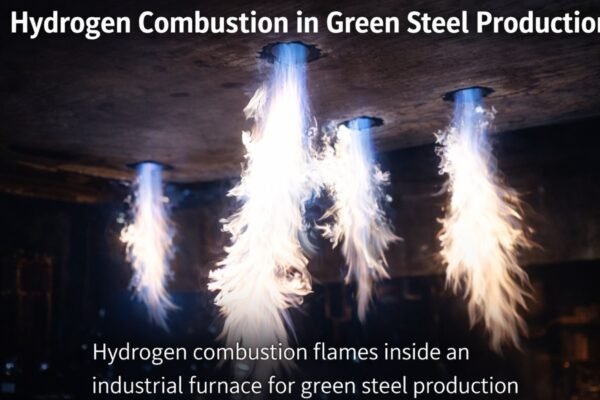Introduction
Industrial furnaces are the heart of manufacturing units in industries such as steel, cement, glass, petrochemicals, and many others. However, with rising energy costs and increasingly stringent environmental standards, older furnaces often struggle to meet modern efficiency and sustainability standards. This is where Industrial Furnace Retrofitting emerges as a smart, cost-effective alternative to complete replacement.
Retrofitting involves upgrading the key components of an existing furnace to improve its performance, reduce emissions, and optimize fuel usage—without the heavy investment of installing a brand-new system. Companies like Encon Thermal Engineers are helping industries across India and beyond achieve higher energy efficiency, lower operating costs, and compliance with emission regulations through advanced retrofitting solutions.
Understanding Industrial Furnace Retrofitting
At its core, Industrial Furnace Retrofitting means modernizing an existing furnace with advanced technology such as high-efficiency burners, smart combustion controls, preheating systems, and emission-reduction solutions.
Instead of discarding older but structurally sound equipment, industries are realizing that retrofitting can significantly extend a furnace’s life while improving performance. Compared to a full replacement, retrofitting requires less downtime, lower capital expenditure, and a faster return on investment.
Additionally, retrofitting aligns with global sustainability goals by lowering energy waste and carbon emissions, making it a preferred choice for industries aiming to remain competitive in a cost- and energy-conscious marketplace.
Key Factors to Consider Before Retrofitting
🔹 Age and Condition of Existing Furnace
The first step is to evaluate whether the furnace is structurally fit for retrofitting. If the refractory lining, shell, and other core components are in acceptable condition, a retrofit makes sense. In contrast, furnaces with severe structural issues may require replacement.
🔹 Energy Efficiency Goals
Every retrofit project should begin with clear efficiency objectives. Modern retrofits can reduce fuel consumption by 10–25%, depending on furnace type and industry. For instance, heavy industries like steel and glass have reported double-digit efficiency improvements after retrofitting advanced combustion systems.
🔹 Retrofitting for Emission Reduction
With global and local regulations tightening around air pollution, retrofitting for emission reduction is critical. Retrofitted systems can reduce harmful gases like NOx, SOx, and CO2 by integrating low-NOx burners, improved airflow systems, and optimized combustion controls. This not only ensures regulatory compliance but also strengthens a company’s sustainability credentials.
🔹 Cost vs. Long-Term Savings
One of the biggest concerns for decision-makers is cost. While retrofitting requires an upfront investment, the long-term lifecycle savings far outweigh the initial expense. Reduced fuel bills, minimized maintenance, and longer equipment life together ensure a faster payback.
🔹 Technology Compatibility
Compatibility with advanced technology is another vital factor. Retrofitting can integrate high-efficiency burners, waste-heat recovery systems, and even AI-based smart controls for combustion optimization. Modern solutions also prepare furnaces for future fuels like hydrogen, ensuring long-term viability.
Benefits of Retrofitting Industrial Heating Systems
Retrofitting industrial heating systems offers a wide range of operational and financial advantages:
- Higher energy efficiency leads to reduced operating costs.
- Lower maintenance expenses due to modern, reliable components.
- An extended equipment lifespan reduces the need for frequent replacements.
- Improved productivity from consistent heat transfer and stable operations.
- Better fuel utilization which directly contributes to sustainability goals.
Energy Savings with Furnace Retrofits
One of the most compelling reasons to retrofit is the direct impact on fuel savings. Studies and field reports show that industries can save 10–30% in energy consumption through upgrades such as preheated combustion air systems and modern burners.
These savings translate into reduced operating costs and a smaller carbon footprint. For example, glass manufacturers have reported substantial reductions in fuel bills post-retrofit while simultaneously improving output quality. In this sense, energy savings with furnace retrofits not only strengthen the bottom line but also help industries transition toward greener operations.
Retrofitting for Emission Reduction: Environmental Impact
Beyond energy efficiency, emission control is a growing priority. Retrofitting for emission reduction allows industries to significantly cut NOx and SOx emissions, aligning with both Indian and international environmental regulations.
Encon Thermal Engineers specializes in low-NOx burner technology, flue gas heat recovery systems, and combustion optimization, enabling industries to drastically minimize emissions. Their solutions are also hydrogen-ready—future-proofing furnaces against upcoming green fuel adoption. By aligning retrofitting strategies with global decarbonization goals, Encon ensures clients stay ahead of both regulatory demands and sustainability commitments.
Conclusion
Industrial Furnace Retrofitting is not just an upgrade—it’s a smart investment in energy efficiency, emission reduction, and long-term cost savings. Before deciding, industries should carefully consider furnace condition, energy efficiency goals, environmental compliance, cost-benefit analysis, and technology integration.
With proven expertise and innovative solutions, Encon Thermal Engineers helps industries modernize their furnaces while delivering measurable benefits in efficiency and sustainability.
📞 Ready to enhance your furnace performance? Contact Encon Thermal Engineers today for a customized retrofit consultation.
FAQs
Most furnace retrofits pay for themselves within 1–3 years, depending on the scope of upgrades and fuel savings achieved.
Retrofitting costs significantly less, requires shorter downtime, and extends the life of the existing furnace, whereas new installations involve heavy capital expenditure.
Yes, retrofits often involve modern controls, better flame monitoring, and automation, which improve operational safety.
Yes, advanced retrofitting solutions from Encon prepare furnaces for future fuels like hydrogen, ensuring long-term adaptability.







